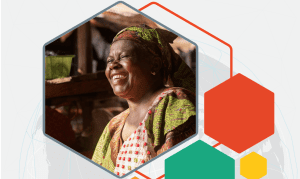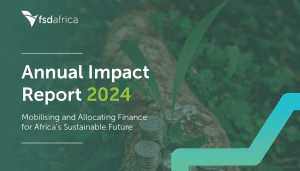Introduction
The COVID-19 pandemic that spread across the world in early 2020 triggered one of the most devastating global health and economic crises in modern history. The crisis affected all facets of socio-economic functioning, permeating through the financial markets. According to the IMF, the impact of COVID-19 on developing countries was historic and unusual in its severity as it induced debt stresses that exceeded past experiences across several dimensions (IMF, 2020). These included a sudden increase in government borrowing needs, a sharp downturn in economic activity, strain in market conditions and disruption in normal operations.
As reviewed in Chapter Two of this study, managing sovereign debt proved complex and challenging, particularly for debt managers in developing economies. Most of them entered the crisis with
pre-existing vulnerabilities (AfDB, 2021), especially limited fiscal space due to other localised shocks. Faced with significantly narrow fiscal space compared to its situation during the 2008/09 global financial crisis, sub-Saharan Africa was caught with limited room for manoeuvre. Specifically, 16 countries were either at high risk of debt distress or already in debt distress prior to the pandemic. In addition, their funding conditions remained highly vulnerable to global risk dynamics and therefore historically more volatile than in advanced economies (OECD, 2020). The stage of development and efficiency of local currency bond markets exacerbated debt managers’ challenges.
Operational challenges escalated to unprecedented levels during the crisis. It became evident that the pandemic created challenges on how to meet increased government borrowing requirements
against a backdrop of volatile market conditions, both locally and globally Worse still, the adoption of remote working arrangements changed the overall control environment in which staff performed their roles, thus exacerbating the vulnerability of debt management offices (DMOs) to operational risks. Generally, it is more challenging to manage risks in a dispersed remote working situation than in an office




